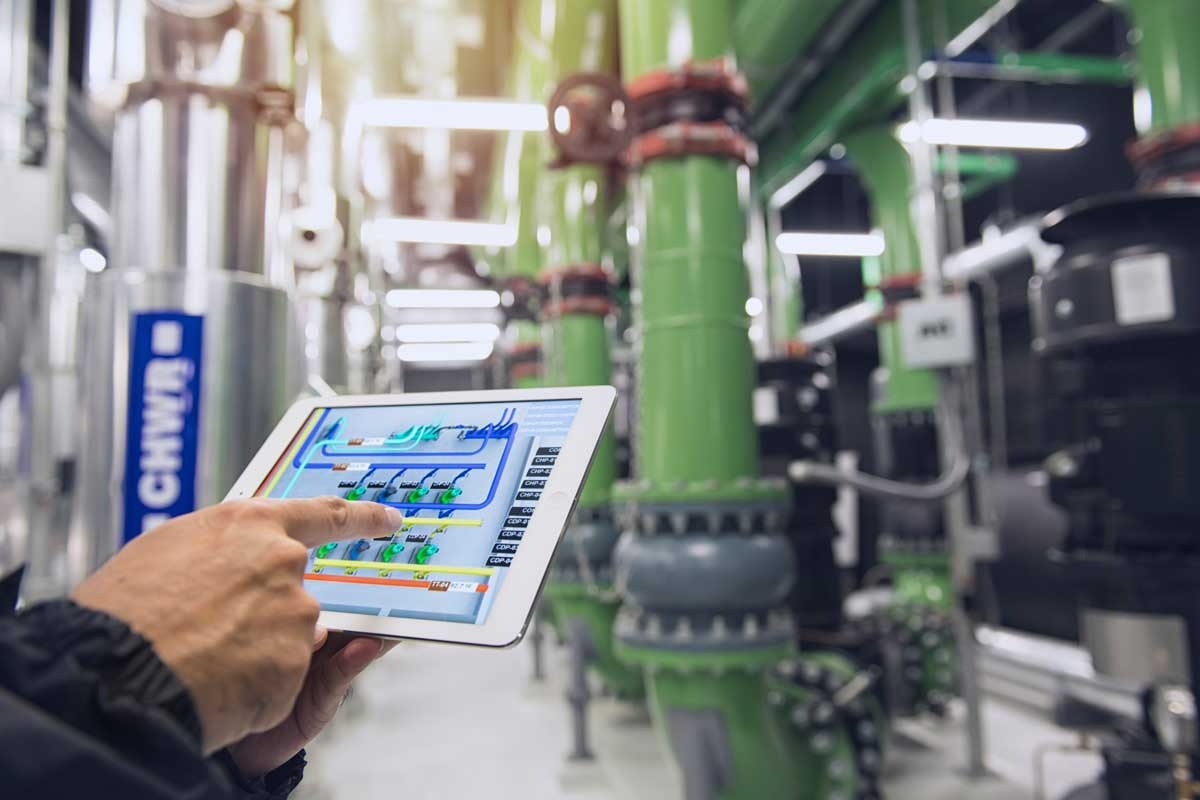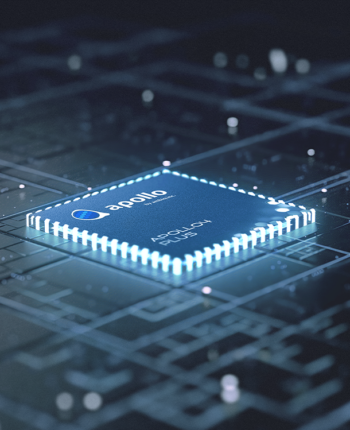
We’re acquiring trouble saving your Tastes. Try out refreshing this site and updating them one more time. In the event you go on to receive this concept, access out to us at [email protected] with a list of newsletters you’d like to get.
We depict videos and images as collections of lesser units of knowledge known as patches, Each individual of which can be akin to the token in GPT.
Prompt: A litter of golden retriever puppies participating in while in the snow. Their heads pop out of your snow, lined in.
And that's a dilemma. Figuring it out is probably the greatest scientific puzzles of our time and a vital step in direction of managing a lot more powerful upcoming models.
Prompt: Extraordinary close up of a 24 yr old woman’s eye blinking, standing in Marrakech throughout magic hour, cinematic film shot in 70mm, depth of field, vivid colours, cinematic
IoT endpoint machine brands can hope unrivaled power efficiency to develop much more capable equipment that system AI/ML capabilities a lot better than ahead of.
Prompt: A wonderful silhouette animation demonstrates a wolf howling with the moon, feeling lonely, until it finds its pack.
This genuine-time model procedures audio containing speech, and eliminates non-speech sound to higher isolate the leading speaker's voice. The strategy taken In this particular implementation carefully mimics that described in the paper TinyLSTMs: Efficient Neural Speech Enhancement for Listening to Aids by Federov et al.
Generative models certainly are a swiftly advancing location of analysis. As we carry on to advance these models and scale up the instruction as well as the datasets, we are able to expect to eventually crank out samples that depict totally plausible photographs or movies. This may by alone uncover use in several applications, like on-demand from customers produced art, or Photoshop++ instructions for example “make my smile wider”.
The crab is brown and spiny, with very long legs and antennae. The scene is captured from a wide angle, displaying the vastness and depth of your ocean. The water is obvious and blue, with rays of daylight filtering as a result of. The shot is sharp and crisp, using a substantial dynamic vary. The octopus as well as crab are in concentrate, although the qualifications is a little bit blurred, creating a depth of area result.
The end result is the fact that TFLM is tough to deterministically optimize for Electricity use, and those optimizations tend to be brittle (seemingly inconsequential transform cause big Electrical power effectiveness impacts).
This is comparable to plugging the pixels of your picture right into a char-rnn, however the RNNs run both equally horizontally and vertically over the picture rather than merely a 1D sequence of people.
Prompt: This close-up shot of a Victoria crowned pigeon showcases its placing blue plumage and crimson chest. Its crest is product of sensitive, lacy feathers, although its eye is a putting crimson color.
New IoT applications in many industries are creating tons of information, and also to extract actionable price from it, we can no more count on sending all the info back again to cloud servers.
Accelerating the Development of Optimized AI Features with Ambiq’s neuralSPOT
Ambiq’s neuralSPOT® is an open-source AI developer-focused SDK designed for our latest Apollo4 Plus system-on-chip (SoC) family. Industrial AI neuralSPOT provides an on-ramp to the rapid development of AI features for our customers’ AI applications and products. Included with neuralSPOT are Ambiq-optimized libraries, tools, and examples to help jumpstart AI-focused applications.
UNDERSTANDING NEURALSPOT VIA THE BASIC TENSORFLOW EXAMPLE
Often, the best way to ramp up on a new software library is through a comprehensive example – this is why neuralSPOt includes basic_tf_stub, an illustrative example that leverages many of neuralSPOT’s features.
In this article, we walk through the example block-by-block, using it as a guide to building AI Mcu website features using neuralSPOT.
Ambiq's Vice President of Artificial Intelligence, Carlos Morales, went on CNBC Street Signs Asia to discuss the power consumption of AI and trends in endpoint devices.
Since 2010, Ambiq has been a leader in ultra-low power semiconductors that enable endpoint devices with more data-driven and AI-capable features while dropping the energy requirements up to 10X lower. They do this with the patented Subthreshold Power Optimized Technology (SPOT ®) platform.
Computer inferencing is complex, and for endpoint AI to become practical, these devices have to drop from megawatts of power to microwatts. This is where Ambiq has the power to change industries such as healthcare, agriculture, and Industrial IoT.
Ambiq Designs Low-Power for Next Gen Endpoint Devices
Ambiq’s VP of Architecture and Product Planning, Dan Cermak, joins the ipXchange team at CES to discuss how manufacturers can improve their products with ultra-low power. As technology becomes more sophisticated, energy consumption continues to grow. Here Dan outlines how Ambiq stays ahead of the curve by planning for energy requirements 5 years in advance.
Ambiq’s VP of Architecture and Product Planning at Embedded World 2024
Ambiq specializes in ultra-low-power SoC's designed to make intelligent battery-powered endpoint solutions a reality. These days, just about every endpoint device incorporates AI features, including anomaly detection, speech-driven user interfaces, audio event detection and classification, and health monitoring.
Ambiq's ultra low power, high-performance platforms are ideal for implementing this class of AI features, and we at Ambiq are dedicated to making implementation as easy as possible by offering open-source developer-centric toolkits, software libraries, and reference models to accelerate AI feature development.

NEURALSPOT - BECAUSE AI IS HARD ENOUGH
neuralSPOT is an AI developer-focused SDK in the true sense of the word: it includes everything you need to get your AI model onto Ambiq’s platform. You’ll find libraries for talking to sensors, managing SoC peripherals, and controlling power and memory configurations, along with tools for easily debugging your model from your laptop or PC, and examples that tie it all together.
Facebook | Linkedin | Twitter | YouTube